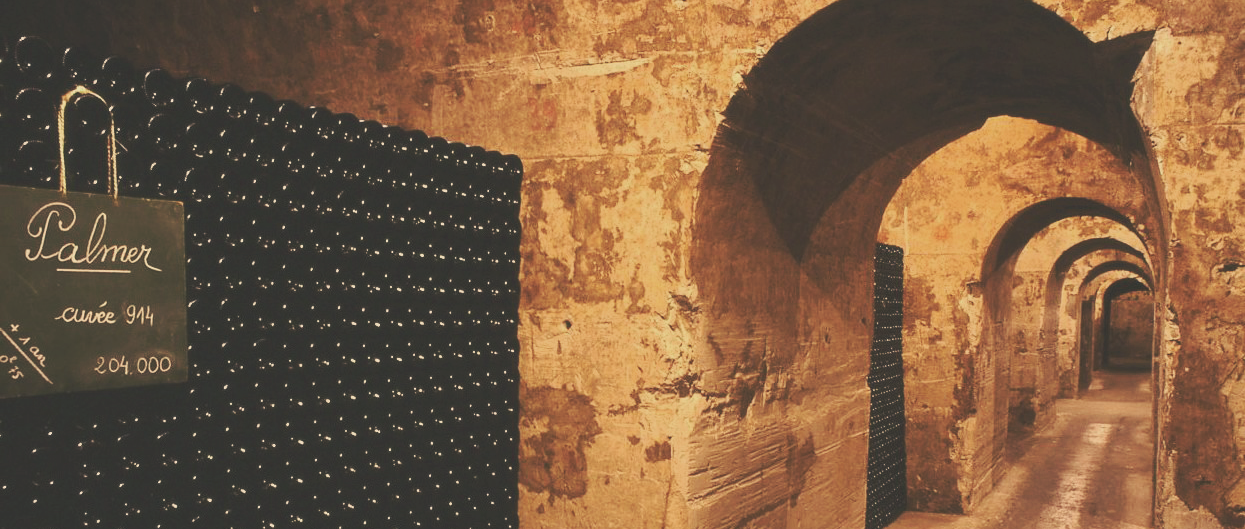
Champagne deconstructed
“So do you want to taste a real zero dosage?” Xavier Berdin, Champagne Palmer & Co. cellarmaster walked over to one of the pupitres and grabbed a bottle that spent the previous weeks in an upside down position with all the sediment gathering in its neck. It was a magnum to be precise. A magnum from Palmer’s 1996 vintage.
Xavier stepped to a candle-lit metal box, holding the bottle upside down, and with a quick movement he got rid of the crown cap, the sediment shooting out from the bottle into the metal box with a hissing sound. He used a slightly bent and very battered looking opener, with a wooden handle – he later explained that the little bend on the opener gives the perfect angle to save all the Champagne during disgorgement. The drink was delicious, but in a sense, still raw. The zero sugar meant a completely lean body – ultra-dry, mineral and yeasty (in a good way), with zingy acidity and unbelievable freshness. Let’s not forget, we’re talking about a 22-year-old wine.
By comparison, Xavier quickly opened a bottle of the same vintage, which has already been disgorged and re-corked, sitting on one of the shelves underground. A year or two with cork did magnificent work of polishing and smoothing the wine. It still had a tremendous amount of freshness, especially being 22 years old!
The Underground
By that time we’ve walked a few kilometres underground. We were in the cellars of Champagne Palmer, 20 metres under the city of Reims. Deep in the chalk, the cellars are a mysterious place. The air feels soft. The chalk that the long corridors and storage halls were carved into is extremely soft and it can hold a lot of water. I have had the chance to walk around in all sort of cellars before, carved in volcanic rock or granite, but the air in the Champagne ones felt almost soothing.
The rock is full of humidity and if you touch the walls they are cool, the porous chalk feeling like very solid clay. Thanks to this softness all the sounds are muffled underground. These cellars don’t echo like other holes carved in rock. But they are full of history. Aside from all the decades and decades of wine stored all around, a lot of people left their mark on these walls – literally. The rock is soft, so you could carve shapes into it with your fingernails or pocket knife. Some of these markings are patriotic, some obscene, while some are just names and dates. These walls contain about 8km of graffiti spanning the last 200 years of France.
All in good time
Palmer seems to consider ‘time’ among the factors that make a good Champagne. Throughout the long walk underground we saw 20-30 year old Nebuchadnezzars and Methusalems still laying on the lees. All the Blanc de Blancs Magnums get at least 10 years of ageing. Palmer is very keen on large formats: they like to refer to regular 75cl Champagne bottles as “half magnums”. They never transfer, therefore the larger bottles are used to contain the second fermentation… with all the logistical challenges it comes with.
The previous night we sampled the whole range and learned that it takes exactly a magnum of Palmer Blanc de Blancs for five people to get to Paris from St Pancras. The best way to measure distance and time, is a magnum of Champagne.
Back to basics
Coming back to level ground, we carried on exploring. It’s a rare occasion to be presented with a flight without bubbles in Reims, but that’s what we were treated with. Tasting Vin Clair is one of the most exciting things when it comes to sampling any wine – this is the raw material, the wine before the blending, the base of Champagne. When you taste Vin Clair, you can directly taste the different terroirs that complement each other in the final product.
Xavier poured us Trepail Chardonnay from the 2017 vintage: it is lively with a massive amount of lemon, lime and a kick of minerality. The Cote de Sezanne Chardonnay was richer, more tropical, with generally more warmth to it. It was clear that this is the wine giving the body and the balance, while the Trepail works more on the nose and with the structure. “We want the discreet aromas,” said Xavier, “when making the base wine for Champagne. Different rules apply than just harvesting regular grapes for a still wine. And again, time is important – the blends are not made of a single vintage; consistency always comes from multiple vintages.”
At Palmer they are using a unique method to add more ‘time’ to the wine: they use a solera system. The solera Chardonnay is in its 25th vintage. It is very deep and complex, but super fresh at the same time. Lots of creaminess and a touch of honey works really well with the fresh citrus and apple. The red wine solera for the rosé blends has been running for 40 years. On the nose it is pure forest berries, and on the palate a perfumy cherry bomb. The tannins are soft and gentle – it could easily be mistaken for something from the proximity of Gevrey-Chambertin. “It is not magic, just hard work and time,” concludes Xavier. With all the hand harvesting, winemaking, blending, riddling and decades in the chalk cellars, he is right.


